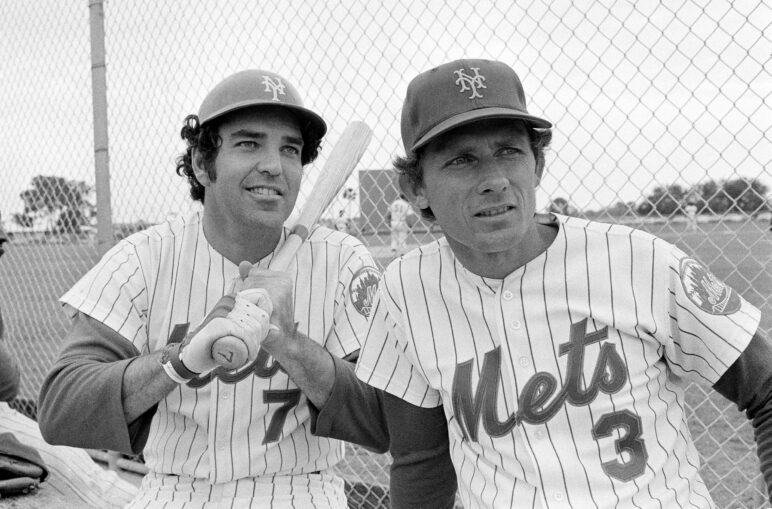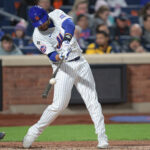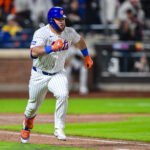
One by one, the players who helped establish and sustain Mets success in the late 1960s and early 1970s departed. Rusty Staub in 1975. Tom Seaver in June 1977. Jerry Grote in August 1977. Jerry Koosman in 1978.
All were traded, either due to front office negligence, player request, or some combination of the two. Harrelson’s turn came during spring training of ’78. The beloved shortstop which helped New York to a pair of World Series appearances made it known he wanted a new home after it was clear he’d be a backup on a team without identity or optimism.
“I feel unwanted here,” he said.
The Mets answered his request, trading him to a perennial contender in Philadelphia which already had a shortstop in Larry Bowa but at least gave him a chance to win. In return, the Phillies sent minor league infielder Freddie Andrews and about $50,000.
So after 11 seasons, Harrelson said goodbye to the only baseball organization he’d ever known.
At 5-11, 160 pounds, toughness defied his small stature. While the limitations at the plate were undeniable — batting .236 with seven home runs over a 16-year career — his value as a fielder was tremendous. Harrelson’s importance wouldn’t have been felt had he played on a club less dependent on pitching and defense. From the late 1960s through the mid- 1970s, the Mets cherished a reliable glove as much as a potent bat.
Harrelson had the glove his pitchers could trust — finishing with a lifetime fielding percentage of .969. In 1970, he set a then-major-league record of 54 consecutive errorless games at shortstop — the same year as his first All-Star selection. He’d make the Midsummer Classic in 1971 as a starter and by year’s end was awarded his first (and only) Gold Glove.
However, it wouldn’t be long before Harrelson’s frailty couldn’t stand the rigors of a full season. Bud missed 300 games over the next six years due to damaged hands, sternum, back, and knees. In none of those seasons did he suit up for more than 118 contests.
The trade to Philadelphia ended Harrelson’s Mets playing career at 1,322 games. But it by no means ended his Mets career.
Harrelson served as coach, broadcaster, and minor league manager before moving back to the parent club as part of Davey Johnson’s staff, where he became the only man to wear the orange and blue for both world championships. Harrelson got a firsthand perspective of the 1986 World Series and helped escort Ray Knight home from the third-base coaching box in the winning moment of Game 6. When Johnson was let go in May 1990, Harrelson got his opportunity as manager — and held it until late in the 1991 season.
Even though he spent time with other teams — first the Phillies, then briefly on the Texas Rangers — Bud Harrelson will always be a Met for life.















